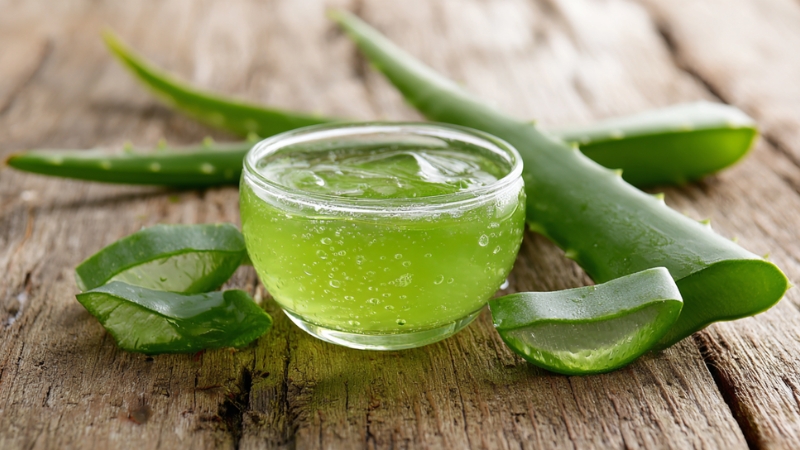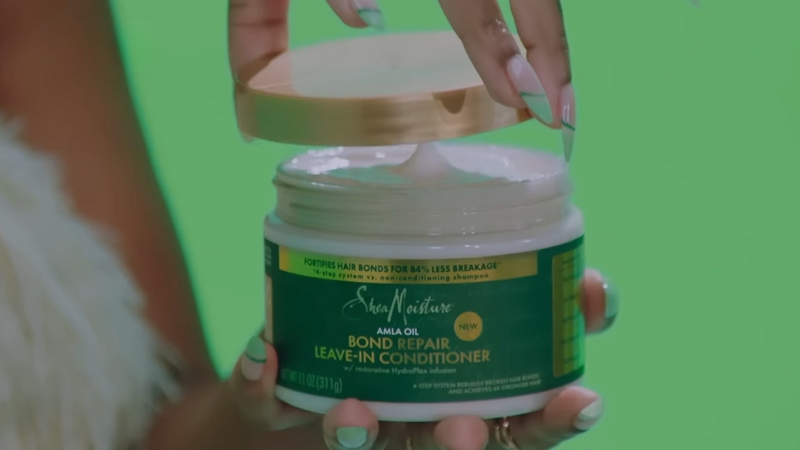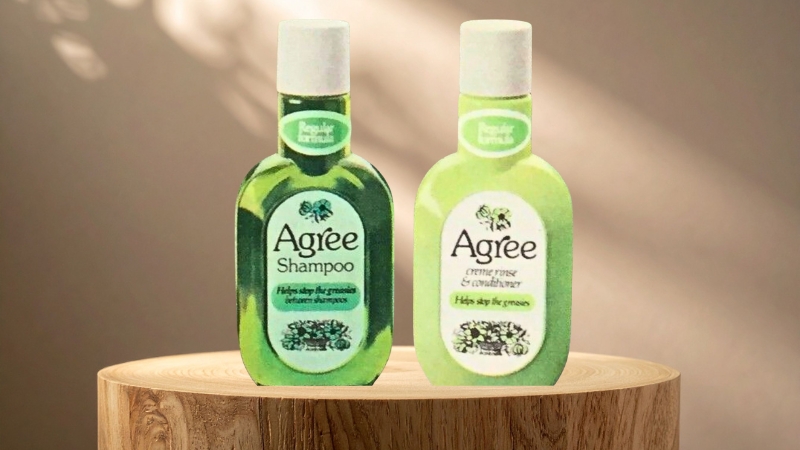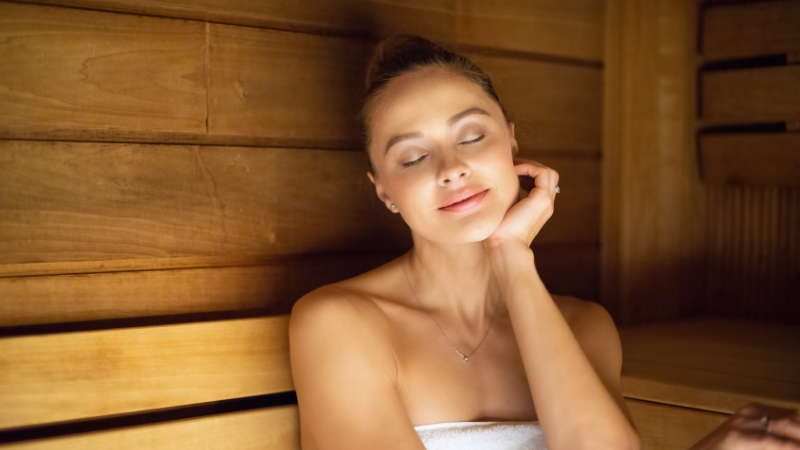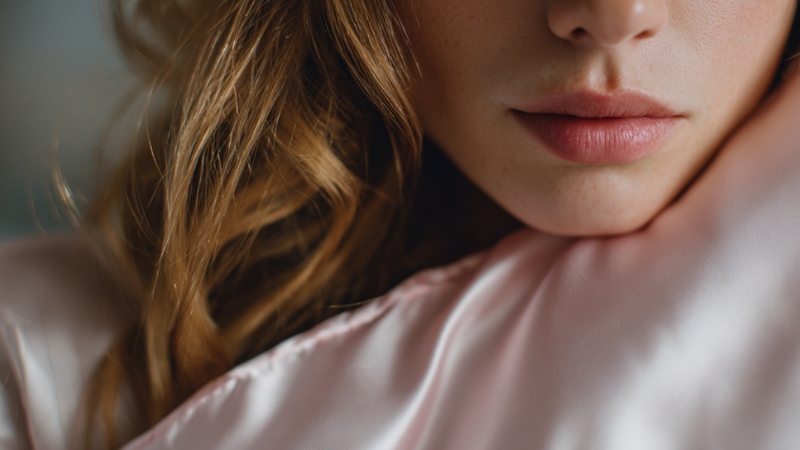
Share Post:
Acne is personal, stubborn, and often tied to little habits that go unnoticed. One of the sneakiest? What your face touches for eight hours straight: your pillowcase.
Over the last few years, silk pillowcases have become a beauty trend, with influencers and dermatologists weighing in on their supposed acne-soothing powers. The question is, are they genuinely helpful for breakout-prone skin, or just another luxury hype?
Let’s see what the research says, what’s still unproven, and how to make your bedding work better for your skin.
Key Points
Why People Believe Silk Pillowcases Help Acne
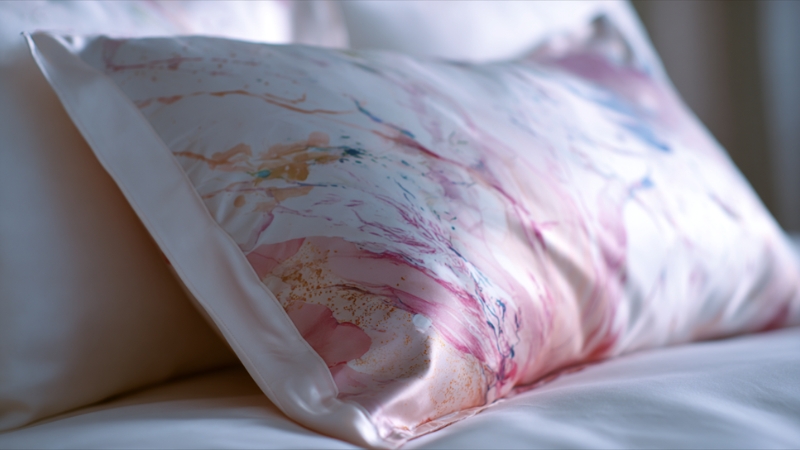
Silk has a reputation for luxury, but skincare experts are increasingly discussing its potential for irritation-prone and acne-prone faces.
The core claims revolve around three things: less friction, less absorption, and a smoother sleep surface.
In Short
But before giving silk all the credit, it helps to see what science actually supports.
What the Evidence Really Shows
When it comes to silk pillowcases and acne, the hype sounds convincing, but what does actual research say? Let’s look at the evidence so far.
No Miracle Studies (Yet)
So far, there isn’t a large-scale clinical trial proving that silk pillowcases clear acne. There are, however, small studies and related evidence showing that fabric type can affect skin conditions.
A pilot study looked at antimicrobial-treated silk shirts for people with back acne. After six weeks, participants reported fewer lesions and less irritation.
The study had only 14 participants, but it supports the idea that fabric-skin interaction plays a role in breakouts.
For facial acne, one randomized clinical trial comparing silk and cotton pillowcases has been registered and is underway, tracking lesion counts and sebum changes, but results haven’t been published yet.
So while early evidence is encouraging, it’s still limited. What’s more consistent across dermatology literature is that cleanliness and friction reduction matter far more than fabric alone.
Dermatologist Guidance on Bedding Hygiene
The American Academy of Dermatology (AAD) emphasizes weekly sheet and pillowcase changes for acne-prone individuals.
Some dermatologists even suggest switching cases twice a week if you have oily skin or use rich creams. The logic is simple: less buildup, less chance for irritation or bacteria to linger.
In other words, silk helps if it encourages gentler contact, but the biggest win still comes from keeping things clean.
Friction and Acne Mechanica
According to the AAD, Repeated friction, heat, and pressure on skin can trigger or worsen breakouts, a phenomenon known as acne mechanica.
It’s well-documented among athletes who wear helmets or masks for long hours, and the same principle applies to your face pressing into a pillow each night. Reducing that friction can calm inflamed lesions and help prevent new ones.
Silk, with its ultra-smooth fibers, can reduce the micro-abrasion that cotton or linen might cause. If your acne tends to cluster on one cheek, the side you sleep on, it’s worth experimenting with smoother fabrics.
How Silk Pillowcases Might Help in Practice
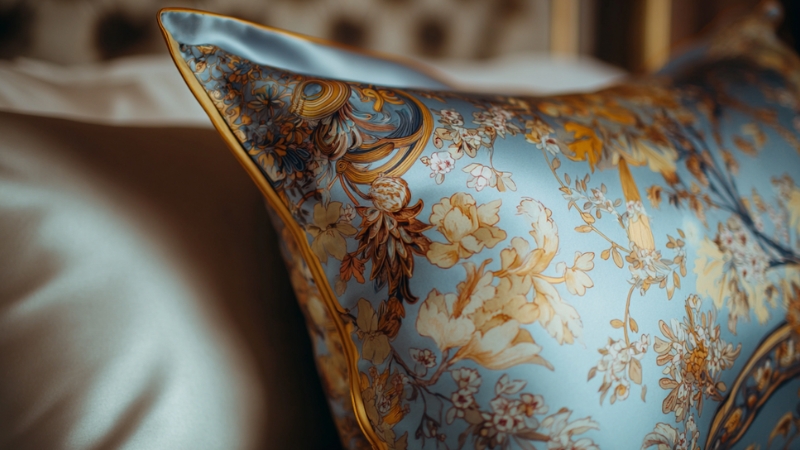
Here’s what silk brings to the table when it comes to acne-prone skin:
| Benefit | Why It Matters for Acne |
| Less Friction | Silk’s smooth texture minimizes rubbing against tender or healing lesions. |
| Lower Absorbency | Keeps acne treatments, moisturizers, and serums on your skin instead of soaking into the fabric. |
| Cooler Sleep Surface | Some people find silk feels less sweaty or sticky, reducing the heat and humidity that worsen acne mechanica. |
| Comfort Factor | The softness can make skin less irritated overall, especially for those using strong actives like retinoids or benzoyl peroxide. |
What It Doesn’t Do
Think of silk as a comfort upgrade that may help reduce irritation – not a treatment on its own.
Clean Pillowcase Routine for Clearer Skin
Even the fanciest silk won’t do much if it’s covered in oil and residue. Dermatologists repeatedly emphasize that clean bedding matters more than any single material.
Here’s how to make your pillowcase routine work harder for you:
How Often to Change It
- At least once per week if your skin is generally clear.
- Every 2–3 nights during active breakouts, or if you use thick products, sweat heavily, or have oily skin.
How to Wash It
- Use fragrance-free, dye-free detergent to minimize irritation.
- Curology advises skipping fabric softeners and dryer sheets; they can leave pore-clogging residues.
- Wash in warm water if the fabric allows; silk usually prefers cool or lukewarm.
- Dry completely before use. Sleeping on a damp pillow can encourage bacterial growth.
Bonus Habits That Help
Silk vs Cotton vs Antimicrobial Fabrics
| Feature | Silk | Cotton | Antimicrobial Fabrics (Silver-infused, etc.) |
| Friction | Very low; smooth and gentle | Variable, can be rougher depending on the weave | Depends on fabric quality, not the antimicrobial finish |
| Absorbency | Low; retains skincare products on skin | High; soaks up oils and treatments | Varies by base fabric |
| Bacteria Control | Needs regular washing | Needs regular washing | May slow bacteria growth on the surface, but still needs washing |
| Comfort | Cool, soft, luxurious feel | Breathable, affordable, durable | Sometimes less breathable or stiffer |
| Evidence for Acne | Limited but plausible | Clean cotton works fine | No solid facial acne data yet |
If you’re curious but don’t want to splurge, try cotton sateen or Tencel/lyocell pillowcases. They’re smoother than traditional cotton and can mimic silk’s glide at a lower cost.
When Silk Is Worth Trying
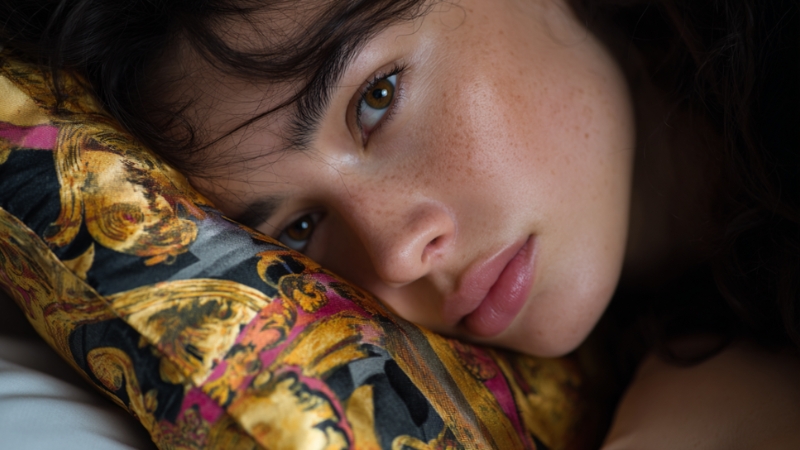
Silk makes sense if:
In these cases, silk can make your nightly routine feel gentler and more comfortable. But it’s best seen as part of a supportive environment, not the main actor.
How to Care for a Silk Pillowcase
To keep silk clean and long-lasting while staying acne-friendly:
- Wash weekly, more often during breakouts.
- Use a mesh laundry bag to prevent damage.
- Mild detergent only, no fragrance or bleach.
- Cool to warm water, gentle cycle.
- Air dry flat or tumble dry on low.
- Avoid fabric softener, as it can leave residue that irritates skin.
If you prefer hand-washing, use cool water and a few drops of gentle detergent, then press out moisture with a towel before air drying.
Realistic Expectations
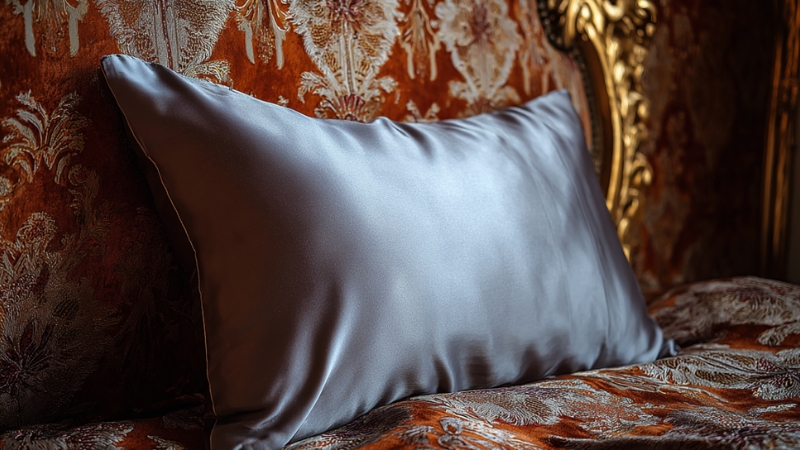
Silk can reduce irritation, but it won’t erase acne overnight. The best acne improvement still comes from consistent treatment and daily hygiene.
Think of it like swapping a harsh towel for a soft one; it doesn’t heal skin, but it helps prevent further aggravation.
If you switch to silk and notice less redness, better comfort, or fewer flare-ups, that’s a win. If not, don’t be discouraged: clean cotton works just fine when laundered regularly.
What To Do If You’re Still Breaking Out
Even with the perfect pillowcase, breakouts can persist for many reasons. Here’s how to refocus:
FAQs
The Bottom Line
@ashleybaiamonte I’ve been using these pillowcases for YEARS! #blissypillowcase #blissy #silkpillowcase #esthetician #acneproneskin ♬ original sound – Ashley Baiamonte
Silk pillowcases aren’t miracle workers, but they can make a noticeable difference in comfort and irritation control. Their smooth texture and low absorbency help skincare products stay put and minimize friction on inflamed skin.
The real acne-fighting heroes, though, remain consistent cleansing, clean bedding, and dermatologist-approved treatments.
If your budget allows, test a silk pillowcase for a few weeks alongside your regular routine. Treat it as a supportive upgrade, not a fix-all. Your skin deserves gentleness, and sometimes, a little comfort goes a long way toward healing.
Related Posts:
- Are Tanning Oils Safe? What It Does to Your Skin…
- Radiofrequency Skin Tightening - Does It Work for Wrinkles
- Does Self Tanner Expire? - Learn About Shelf Life
- Does St Tropez Expire - When to Say Goodbye to Your Tan?
- Does Petroleum Jelly Expire? Truth About Vaseline's…
- How Long Does Bondi Sands Last Before It Expires?



